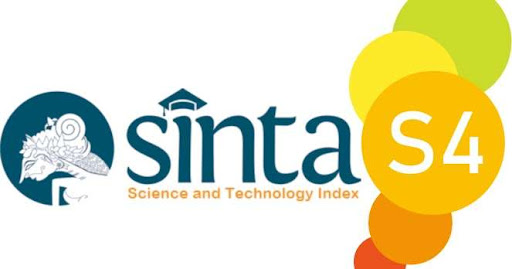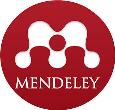Public Signs In Komodo National Park, Flores-NTT: A Linguistic Landscape Study
DOI:
https://doi.org/10.36733/sphota.v15i2.6307Keywords:
bilingual , monolingual , public signsAbstract
This article aims at investigating language/s used in public signs in Taman Nasional Komodo (TNK), Labuan Bajo, Flores-NTT. It was designed as a qualitative study as the data are pictures, words, and sentences found in the public signs in TNK. The data were collected by doing an observation where every single sign found in TNK was photographed by using a Vivo y17 camera. After collecting the data, the data were analyzed by the following steps: data reduction, data display and data verification and conclusion. The result mentions that public signs in TNK divided into two types; they are monolingual and bilingual signs. The monolingual signs confirm that the public signs in TNK just use one language either Indonesian or English. However, bilingual refers to the public signs in TNK using both Indonesian and English for the same public sign. There are nine types of signs applied in TNK public signs. They are signs of place name, place manager, place description, map, history, notice, warning, appeal, and esthetic. Also, the signs have served purposes related to conveying information, representing symbols, and aiding in education.
References
Backhaus, P. (2007). Linguistic Landscapes. A Comparative Study of Urban Multilingualism in Tokyo. Toronto: Multilingual Matters Ltd.
Bouris, R. Y. (1992). The Language of Public and Commercial Display in Quebec: Research Plan for the Development of A Linguistic Law. Quebec: Council of The French Language.
Dany Ardhian, S. (2018). Mengenal Kajian Lanskap Linguistik Dan Upaya Penataannya Dalam Ruang-Ruang Publik di Indonesia. Jurnal Akrab Juara, 3(3), 170-181.
Eliezer Ben Rafael, E. S. (2006, April). Linguistic Landscape as Symbolic Construction of the Public Space: The Case of Israel. International Journal of Multilingualism, 3(1), 7-30.
Faqih, F. (2021, 1 8). Merdeka.com. Retrieved from Merdeka.com: https://www.merdeka.com/peristiwa/kunjungan-ke-pulau-komodo-didominasi-wisatawan-mancanegara.html
Finaka, A. W. (2018, 1 10). Taman Nasional Komodo. Retrieved from indonesiabaik.id: https://indonesiabaik.id/infografis/taman-nasional-komodo
Gorter, D. (2006). Introduction: The Study of the Linguistics. International Journal of Multilingualism, 3(1), 1-6.
Huebner, T. (2016). Linguistic Landscape: History, trajectory and Paedagogy. Journal of Humanities, 1-11.
I Wayan Mulyawan, N. K. (2019). Linguistic Landscapes In Desa Kuta. e-Journal of Linguistic, 13(2), 343-352.
Monica Barni, K. K. (2019). Linguistic Landscape Theory in Language Learning. The Future of Education, (pp. 1-4). Florence.
Mulyawan, I. W. (2019). Impact of Tourism on Vernacular Outdoor Signs in Ubud, Bali, Indonesia. ISVS E-Journal.
Ni Kade Juli Rastitiati, I. G. (2022). Multilingual Signs: The Linguistic Landscape in Nusa Dua Tourist. LACULTOUR: International Journal of Language and Cultural Tourism, 1(1), 8-16.
Qiannan, M. (2012, 4 1). Research on the Translation of Public Signs. English Language Teaching, 5(4), 168-172.
RI, K. L. (2020, September 17). Peraturan-presiden-republik-indonesia-nomor-92-tahun-2020. Jakarta, DKI Jakarta, Indonesia. Retrieved from https://bsilhk.menlhk.go.id/wp-content/uploads/2021/07/Perpres-No-92-tahun-2020.pdf
Rodrigue Landry, R. Y. (1997). Linguistic Landscape and Ethnoliguitic Vitality An Empirical Study. Journal of Language and Social Psychology, 23-49.
Shohamy, E. (2015). LL Research as Expanding Language and Language Policy. Linguistic Landscape: An International Journal, 1(12), 152-171.
Wulansari, D. W. (2020). LINGUISTIK LANSKAP DI BALI: Tanda Multi Lingual Dalam Papan Nama Ruang Publik. KREDO: Jurnal Ilmiah Bahasa dan Sastra, 3(2).
Yendra, K. A. (2020). Lanskap Linguistik Pengenalan, Pemaparan dan Aplikasi. Sleman: Akibatnya, muncul.













